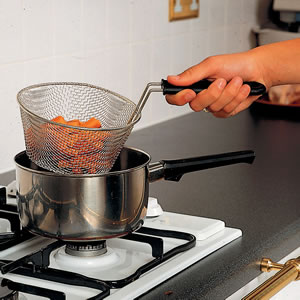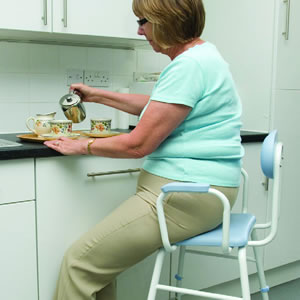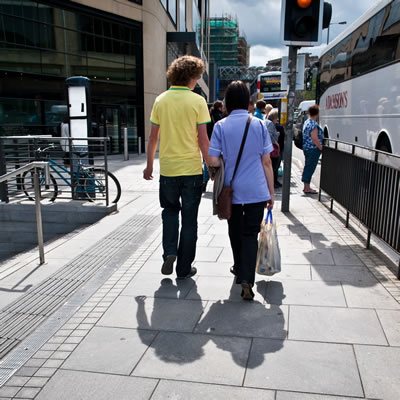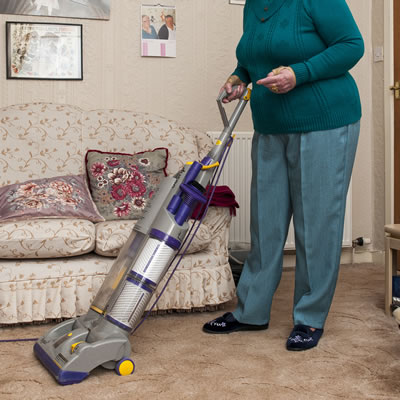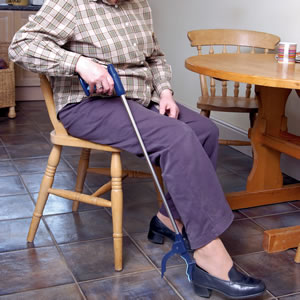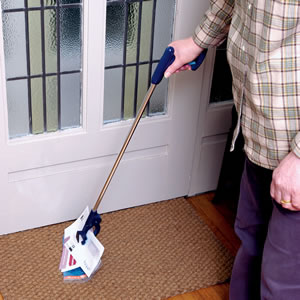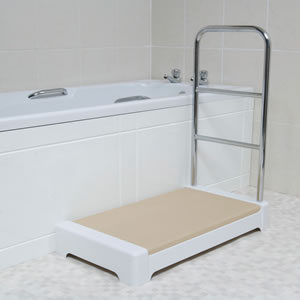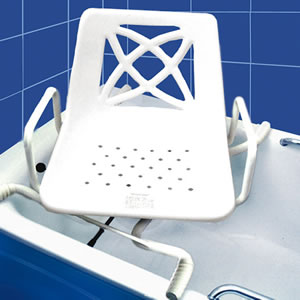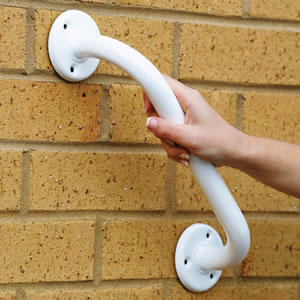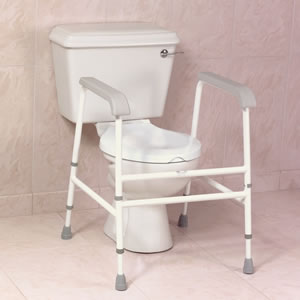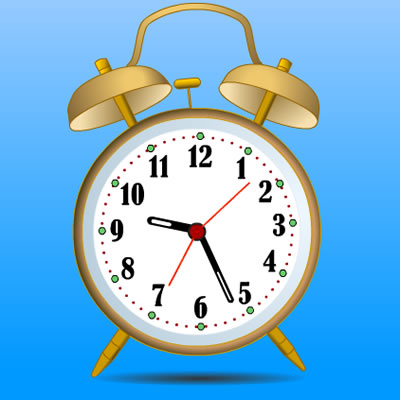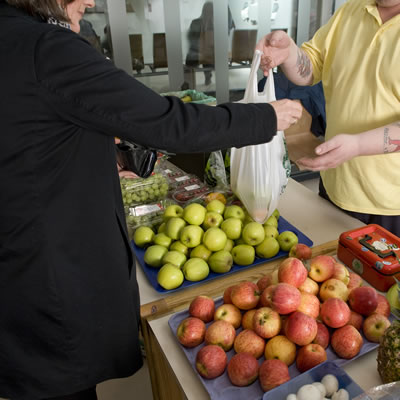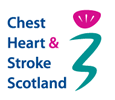Breathlessness associated with getting out and about may result in you spending more time at home and less time getting out to do the things you used to do.
Support with transport may be available in your area through community agencies / groups. More information should be available from your local libraries / GP practice / or Social Work department.

Blue Badges, can be applied for although strict eligibility criteria exist. The Blue Badge scheme is for drivers or passengers with severe mobility problems. The scheme provides a range of on-street parking concessions enabling Blue Badge holders to park closer to where they need to go. The scheme does not apply to off-street car parking, in privately operated car parks. You must apply for a Blue Badge to the Scottish local authority in which you are resident.
Some local authorities have a taxi card scheme which allows people with limited mobility to use a subsidised taxi service.
Some local authorities have a dial a bus service from your home for routes to main shopping centres. You need to be registered with your local scheme and journeys are usually subsidised. Check with your local authority.
You may be eligible for Motability which can support provision of a car, scooter or powered wheelchair, assisting people in maintaining your independence and managing your breathlessness. More information is available at Motability.



